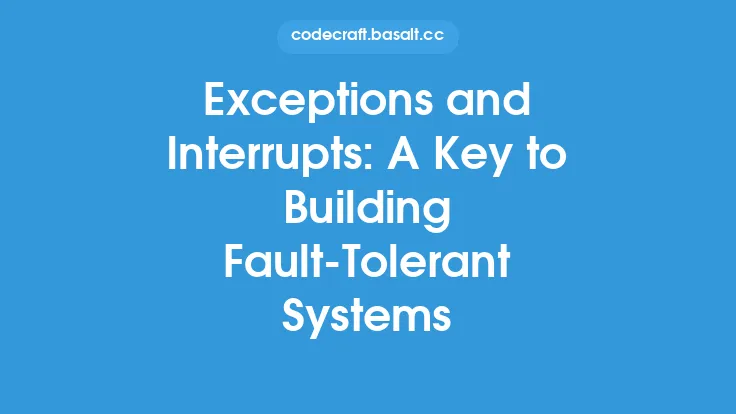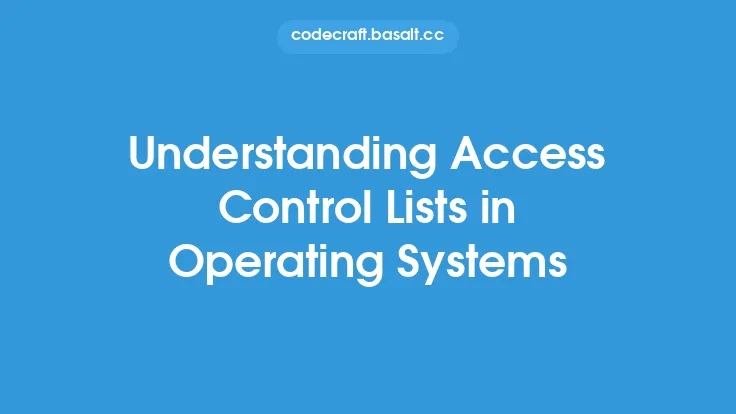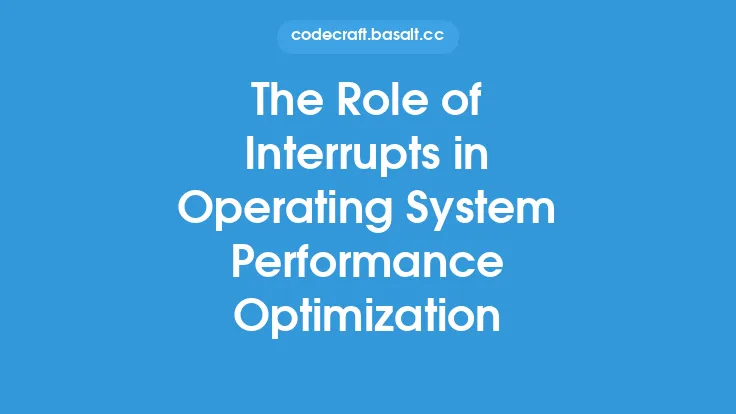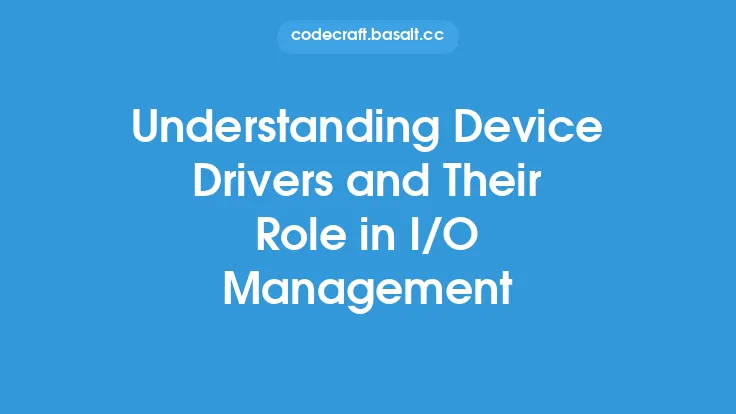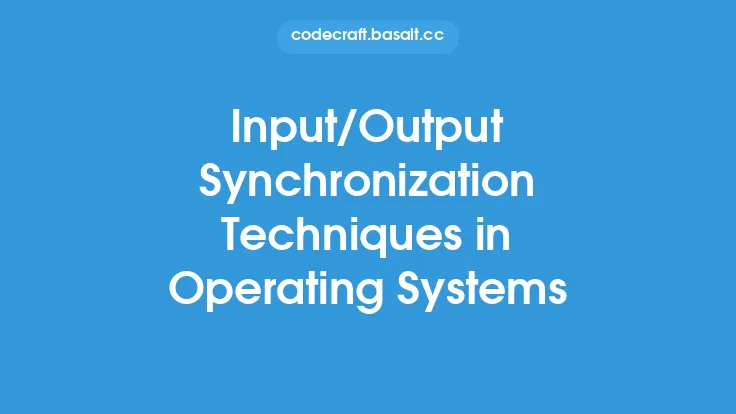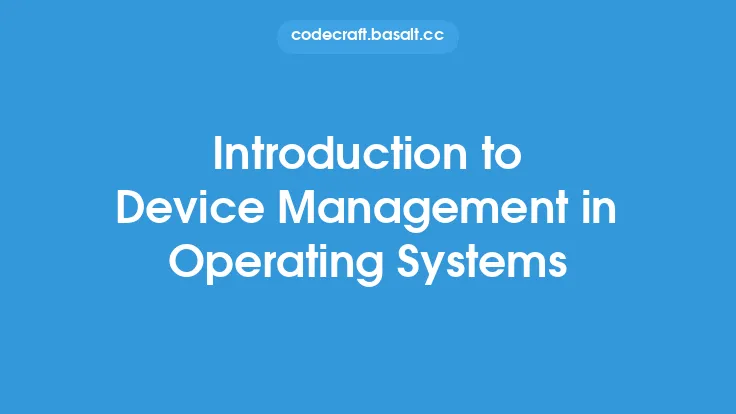Operating systems play a crucial role in managing computer hardware resources and providing a platform for running applications. One of the key concepts in operating systems is the handling of interrupts and exceptions, which are events that occur during the execution of a program and require immediate attention from the operating system. In this article, we will delve into the world of interrupts and exceptions, exploring their definitions, types, and roles in operating systems.
Introduction to Interrupts
Interrupts are signals to the CPU that an event has occurred and requires attention. They are typically generated by hardware devices, such as keyboards, mice, or network cards, to signal that they need to communicate with the CPU. When an interrupt occurs, the CPU temporarily suspends its current activity and executes a specialized routine called an interrupt handler or interrupt service routine (ISR). The ISR handles the interrupt and then returns control to the CPU, which resumes its previous activity. Interrupts can be classified into two main categories: hardware interrupts and software interrupts. Hardware interrupts are generated by external devices, while software interrupts are generated by the operating system itself.
Understanding Exceptions
Exceptions, on the other hand, are events that occur during the execution of a program and are handled by the operating system. They are typically generated by the CPU when it encounters an error or an invalid instruction. Exceptions can be classified into two main categories: faults and traps. Faults occur when the CPU encounters an error, such as a page fault or a division by zero error. Traps occur when the CPU encounters an invalid instruction or an attempt to access a restricted area of memory. When an exception occurs, the operating system executes a specialized routine called an exception handler, which handles the exception and then returns control to the program.
Types of Interrupts
There are several types of interrupts, including maskable interrupts, non-maskable interrupts, and inter-processor interrupts. Maskable interrupts can be disabled or enabled by the operating system, while non-maskable interrupts cannot be disabled and must be handled immediately. Inter-processor interrupts are used for communication between multiple processors in a multi-processor system. Each type of interrupt has its own unique characteristics and requirements, and the operating system must be able to handle them efficiently and effectively.
Types of Exceptions
There are several types of exceptions, including page faults, division by zero errors, and invalid opcode errors. Page faults occur when a program attempts to access a page of memory that is not currently in physical memory. Division by zero errors occur when a program attempts to divide a number by zero. Invalid opcode errors occur when a program attempts to execute an invalid instruction. Each type of exception has its own unique characteristics and requirements, and the operating system must be able to handle them efficiently and effectively.
Interrupt and Exception Handling
Interrupt and exception handling are critical components of an operating system. The operating system must be able to handle interrupts and exceptions efficiently and effectively, in order to ensure that the system remains stable and responsive. The operating system uses a variety of techniques to handle interrupts and exceptions, including interrupt vectors, exception tables, and handler routines. Interrupt vectors are used to store the addresses of interrupt handlers, while exception tables are used to store the addresses of exception handlers. Handler routines are used to handle interrupts and exceptions, and typically involve saving the current state of the program, handling the interrupt or exception, and then restoring the program's state.
Context Switching
Context switching is an important concept in interrupt and exception handling. When an interrupt or exception occurs, the operating system must save the current state of the program and switch to a new context, in order to handle the interrupt or exception. This involves saving the program's registers, program counter, and other state information, and then restoring it when the interrupt or exception has been handled. Context switching can be an expensive operation, in terms of CPU cycles and memory accesses, and the operating system must be designed to minimize the overhead of context switching.
Interrupt and Exception Prioritization
Interrupt and exception prioritization are critical components of an operating system. The operating system must be able to prioritize interrupts and exceptions, in order to ensure that the most critical events are handled first. This involves assigning a priority to each interrupt and exception, and then handling them in order of priority. The operating system must also be able to handle multiple interrupts and exceptions simultaneously, and prioritize them accordingly.
Conclusion
In conclusion, interrupts and exceptions are critical components of an operating system. They allow the operating system to handle events that occur during the execution of a program, and ensure that the system remains stable and responsive. The operating system must be able to handle interrupts and exceptions efficiently and effectively, using a variety of techniques such as interrupt vectors, exception tables, and handler routines. By understanding the concepts of interrupts and exceptions, operating system designers and developers can create more efficient, scalable, and reliable systems.
